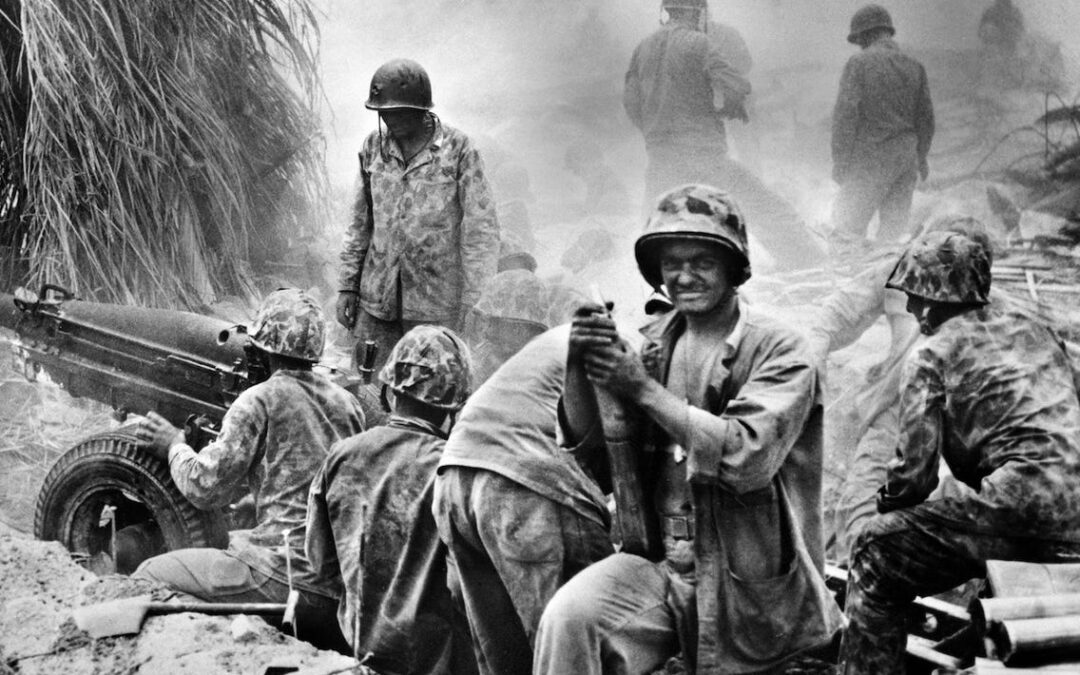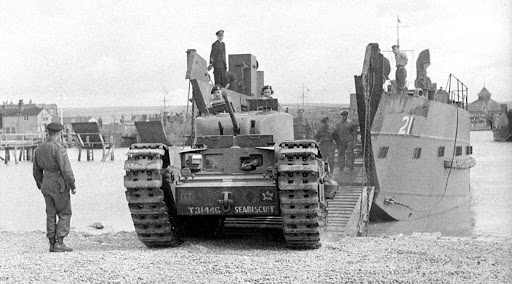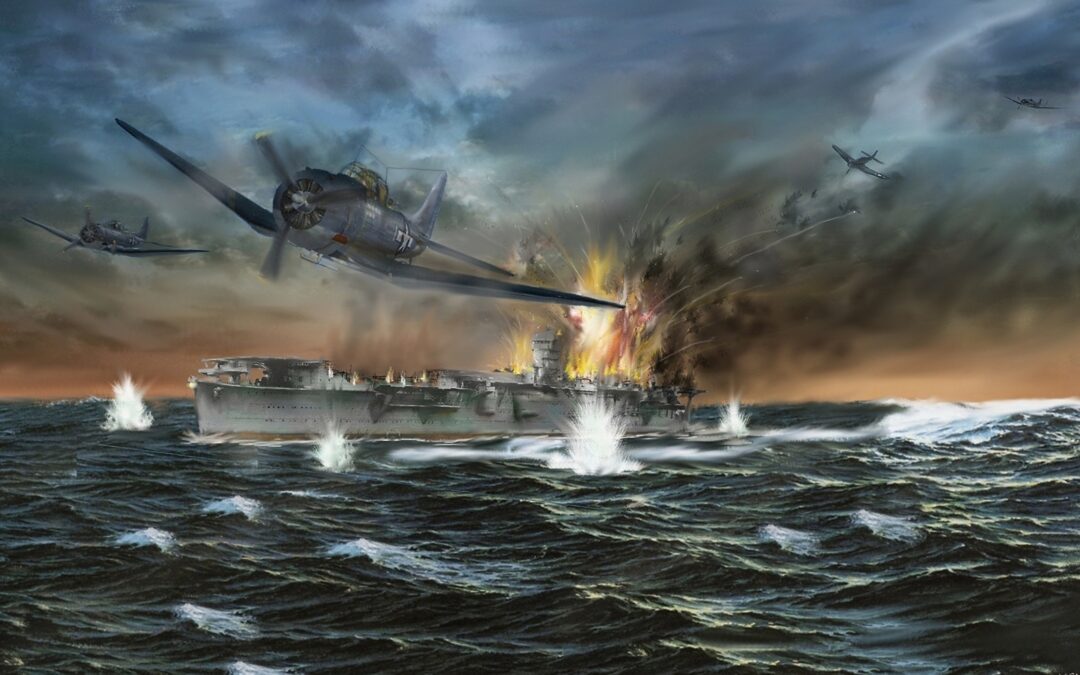Following the December 1941 Japanese attacks on Pearl Harbor, the Philippines, Wake Island, and other Pacific islands, the U.S. began to halt Japan’s aggression expansion with important battle victories at Midway Island in June 1942 and Guadalcanal from Aug. 1942 to Feb. 1943. To continue the progress against the Japanese occupying scattered island chains, Allied commanders launched counter-offensive strikes known as “island-hopping.” The idea was to capture certain key islands, one after another until Japan came within range of American bombers. Rather than engage sizable Japanese garrisons, these operations were designed to cut them off and let them “whither on the vine.”



